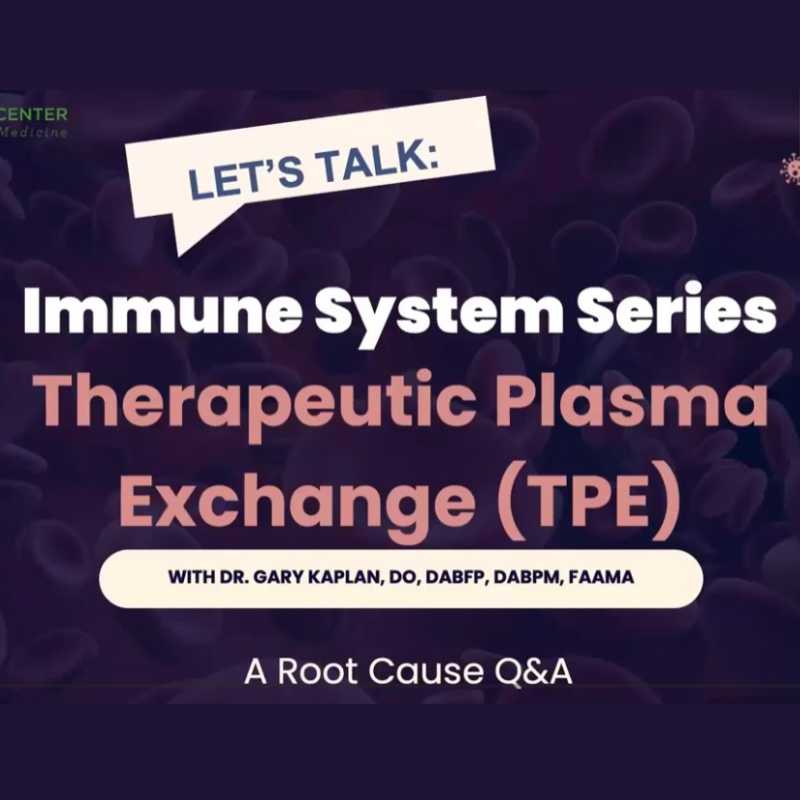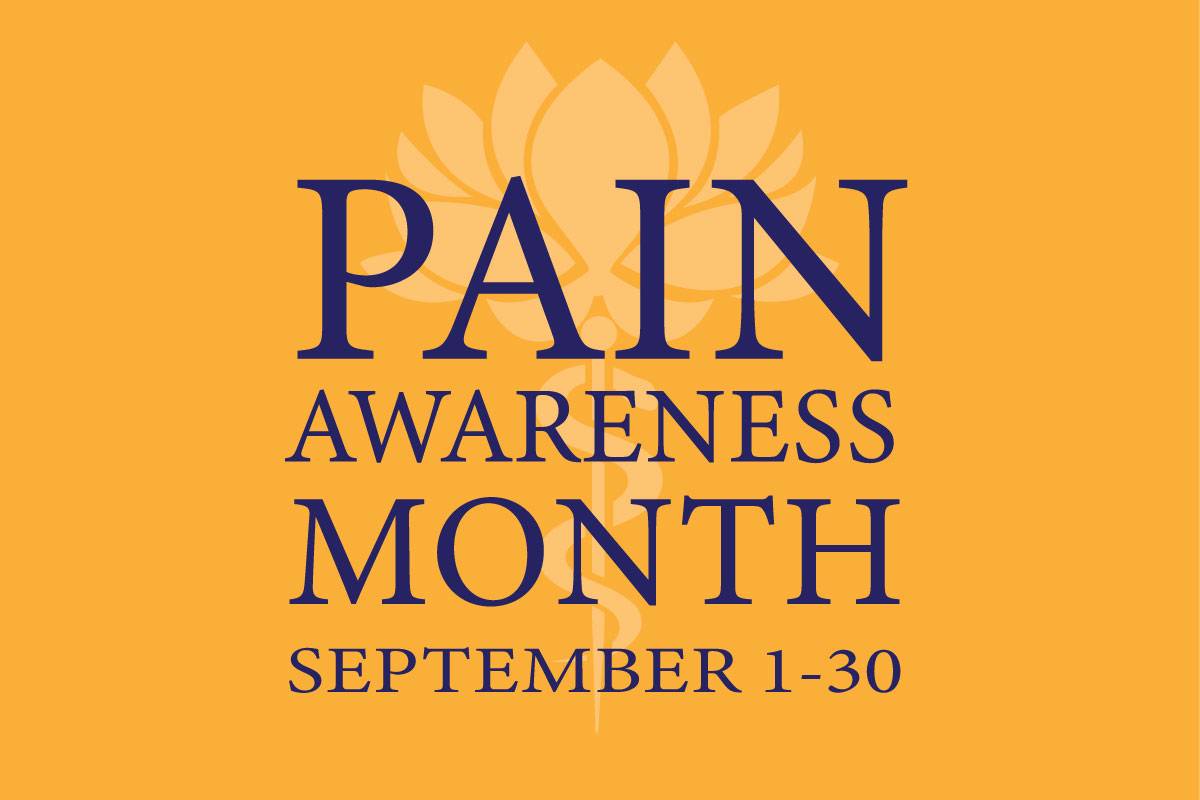
5 Ways We Can Keep Your Immune System Strong
December 10, 2025/by Kaplan Center
Want to Take Your Workout to the Next Level Next Year? These Tips Can Help
December 8, 2025/by Kaplan Center
Dr. Kaplan’s Dos and Don’ts of the Holiday Season
December 3, 2025/by Kaplan Center
Let’s Talk Webinar – A Root Cause Q&A
December 2, 2025/by Kaplan Center
Navigating Holiday Meals with Gut Issues: Simple Tips for a Comfortable Season
December 1, 2025/by Chardonée Donald, MS, CBHS, CHN, CNS, LDN
Craniosacral Therapy for TMJ | Say Goodbye to the Daily Grind
November 19, 2025/by Patricia Alomar, M.S., P.T.
From Compassionate Care to Personal Healing: A Letter to My Patients
November 18, 2025/by Kaplan Center
8 Steps to a Healthier Gut—and a Longer, Healthier Life
November 18, 2025/by Kaplan Center
Mid-Life Irritability & Fatigue Improved by Hormonal Balancing
November 13, 2025/by Lisa Lilienfield, MD
From Challenges to Change: Dr. Kaplan on Healthcare’s Biggest Challenges
October 29, 2025/by Kaplan Center
Overlooked Dangers of Mold Exposure and How to Stay Safe – Dr. Kaplan Talks to WUSA9
October 27, 2025/by Kaplan Center
Let’s ‘Fall’ Into Wellness: A Nutritionist-Approved Immune-Boosting Recipe for Cold and Flu Season
October 13, 2025/by Chardonée Donald, MS, CBHS, CHN, CNS, LDN
PANS/PANDAS – When Sudden Symptoms Signal Something More
October 9, 2025/by Kaplan Center
Beating Burnout, A Nutritionist’s Perspective
October 1, 2025/by Chardonée Donald, MS, CBHS, CHN, CNS, LDN
3 Things That Can Happen After Stopping GLP-1s
September 11, 2025/by Chardonée Donald, MS, CBHS, CHN, CNS, LDN
What Families Need to Know About COVID and Flu Season
September 3, 2025/by Kaplan Center
September is Pain Awareness Month
September 1, 2025/by Kaplan Center
Dr. Kaplan Spoke to Northern Virginia Magazine About COVID, Flu, and Immunity — Here’s What You Should Know
August 14, 2025/by Kaplan Center
“Why Do I Feel Like Crap?”: The Overlap Between Long COVID and Perimenopause
July 30, 2025/by Kaplan Center
Why People Are Turning to EMDR (and Why You Might Want to Too)
July 23, 2025/by Kaplan CenterAre you looking to improve your overall wellness?
Personalized care you can trust.
Our integrative, non-surgical treatment approach is highly successful in maintaining wellness and also treating chronic pain and illness. For more than 30 years, we have delivered superior, cutting-edge health care in the Washington, DC area.
QuickLinks
Contact Information
Tel: 703-532-4892
Fax: 703-237-3105
6829 Elm Street, Suite 300
McLean, Virginia 22101
Map It
Hours of Operation
Mon – Thu : 8 am – 5 pm, ET
Fri : 8 am – 12 pm, ET
Is Inflammation What’s Causing Your Depression?
/in Featured Press/by Website AdministratorDr. Gary Kaplan Explains Central Sensitization Syndrome in The Pain Practitioner
/in News/by Kaplan CenterDr. Gary Kaplan, along with co-author Juliana Heimur, BA, recently contributed to The Pain Practitioner, the quarterly magazine published by the American Academy of Pain Management (AAPM). The article, titled “Microglia and Central Sensitization Syndrome: A New Paradigm for Understanding and Treating Chronic Pain and Depression,” discusses the role of microglia, a type of glial cell present in the central nervous system, as the mediator in the inflammatory process found to be present in central sensitization.
Central Sensitization Syndrom (CSS) is an inflammatory condition that damages the structure and undermines the functioning of the nervous system. It is both “neurodysregulatory” and “neurodegenerative.” Neurodysregulation refers to the extent to which CSS interferes with the healthy functioning of the body’s nervous system, undermining neural activity in the brain, spinal cord and other neural pathways throughout the body. Furthermore, when a person’s nervous system is operating sub-optimally, their hormonal and immune systems are likely to falter, which in turn, can lead to even more complicated health problems. Neurodegeneration refers to the actual injury and destruction of neural tissue in the brain and body. Both conditions (neurodysregulation and neurodegeneration) can cause or exacerbate physical pain, emotional suffering, and erode mental clarity. The mediating factor in this process is the production and release of inflammatory substances in the brain.
At the cellular level, the fundamental mediator of CSS is the microglia. What we are learning about the pathophysiology of CSS enables us to formulate a new paradigm for understanding how a variety of seemingly unrelated illnesses and traumas can result in CSS. In this article Dr. Kaplan discusses the research on the neurobiology of microglia and their role in the occurrence of central sensitization with emphasis on the clinical implications and application of this research.
Please click here or on the image below to download and read Dr. Kaplan’s featured article.
Dr. Kaplan Appointed to the National Chronic Fatigue Syndrome Advisory Committee
/in News/by Kaplan CenterDr. Kaplan has been appointed by U.S. Secretary of Health and Human Services (HHS), Kathleen Sebelius, to the Chronic Fatigue Syndrome Advisory Committee (CFSAC). The Committee provides advice and recommendations to the Secretary of HHS through the Assistant Secretary for Health on issues related to myalgic encephalomyelitis and chronic fatigue syndrome (ME/CFS), such as access and quality of care for persons with CFS, the science and definition of CFS, and broader public health, clinical, research and educational issues related to CFS.
Dr. Kaplan is one of four individuals on the 11-person Committee who brings special expertise in healthcare delivery, insurance, and the problems experienced by individuals with CFS.
Chronic Fatigue Syndrome (CFS) (sometimes referred to as “Myalgic Encephalomyelitis” or “ME”) is a debilitating disease characterized by fatigue that interferes with your ability to actively engage in many of life’s activities. It can undermine your capacity to be productive at work, to maintain positive relationships with your family and friends, and to enjoy other recreational activities.
In addition to a chronic feeling of fatigue, its major symptoms include:
Other symptoms that sometimes are associated with Chronic Fatigue Syndrome include:
More About Chronic Fatigue Syndrome
To learn more about how The Kaplan Center physicians diagnose and care for patients with Chronic Fatigue Syndrome, please click here. Dr. Kaplan has written and lectured extensively on the topic of Central Sensitization Syndrome (CSS), a complex neuro-physiological reaction that can cause chronic fatigue and chronic pain. To watch Dr. Kaplan’s CSS video series, please click here.